Something that never ceases to surprise me is how few companies track the return on investment (ROI) of their digital marketing initiatives. If you’re not tracking what works and what doesn’t, how are you supposed to optimize your marketing budget? And given how easy this is, there’s no excuse to leave your marketing up to chance. In this post I’ll show you how you can make better marketing decisions by understanding what your data is telling you.
Revenue Tracking
In order to calculate ROI, you need to be tracking revenue in Google Analytics. If you have an ecommerce site, most ecommerce platforms make it easy to pass revenue data to Google Analytics. This allows you to track revenue and break it down by different dimensions, such as traffic source, device and location.
Revenue by Source
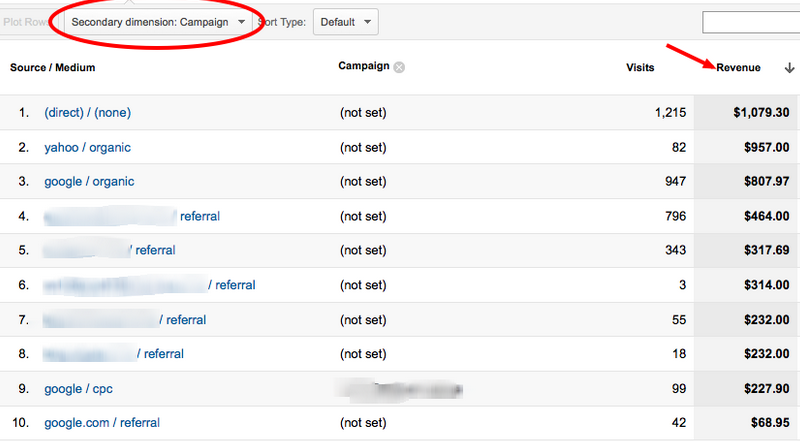
Revenue by Device
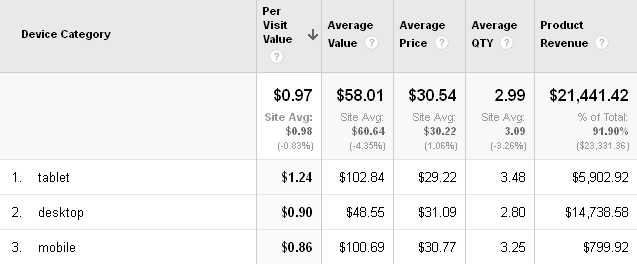
Revenue by Location
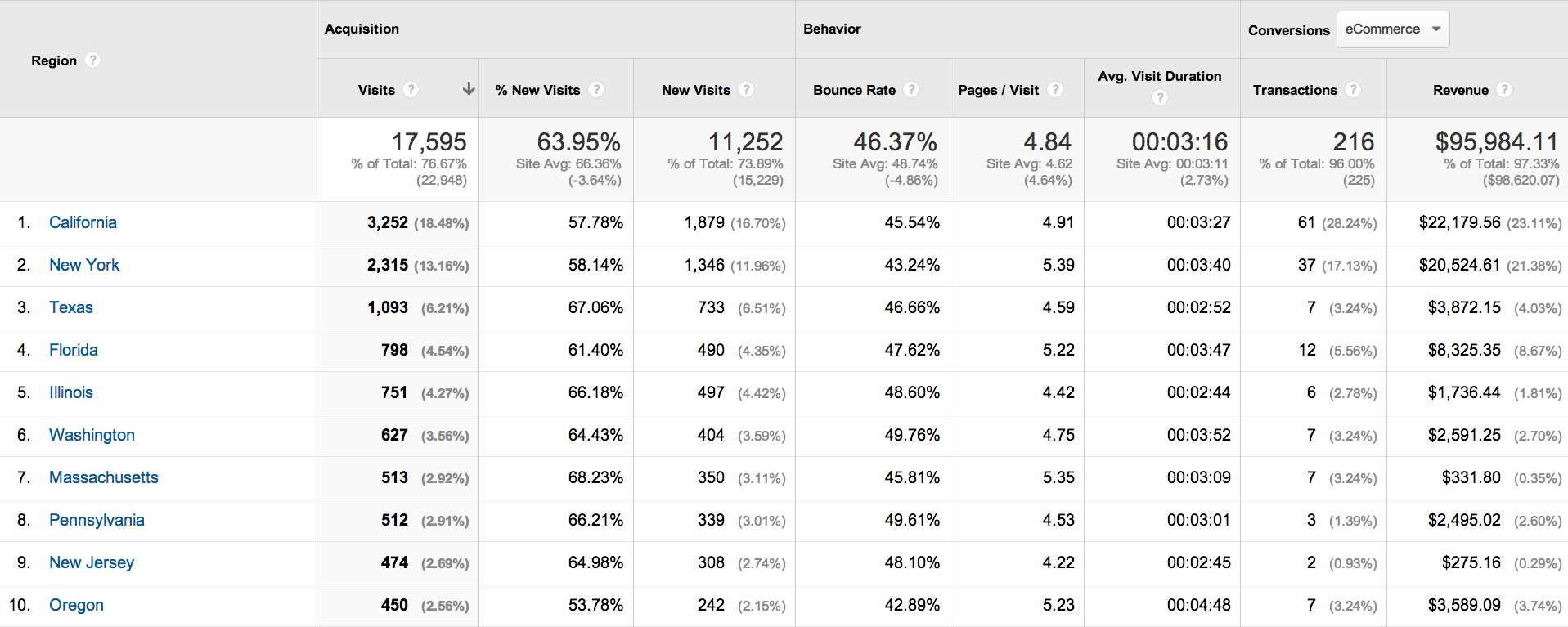
These are just some examples of the different segments from which you can see revenue data in Google Analytics. You can also see your revenue breakdown by age, gender, new vs. returning visitors, keyword, landing page and dozens of other dimensions.
But, what do you do when you don’t have an ecommerce site? How do you track revenue if you receive leads through your website? You need to set up goal tracking and assign a dollar value to each of your conversions. For example, if the average lifetime value of a customer is $5,000 and 10% of your leads become customers, each lead is worth $500. But not all goals are created equal. Someone requesting a quote could be worth $2,000 to you, whereas someone subscribing to your blog is probably worth $5. Google Analytics allows you to set different values for your goals, so this is never a problem.
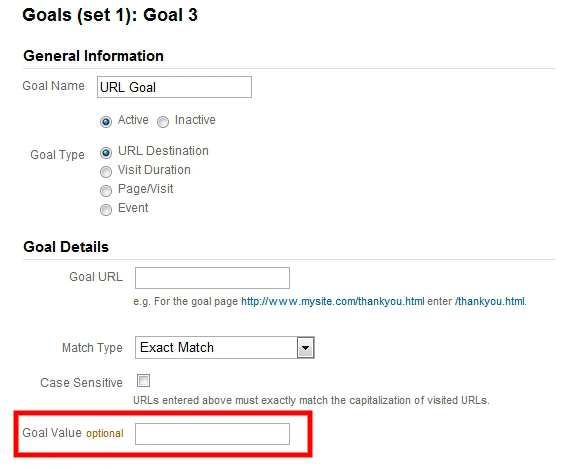
If you receive hundreds of leads a month and want to get even more accurate data, you should consider a technique called lead scoring. With lead scoring you assign values to your leads based on how likely they are to turn into new business for you. For example, if in the past you’ve had a lot of success closing leads from American companies but struggled to close leads with Indian companies, you might decide to value your American leads at 150% and your Indian leads at 50%.
One more thing: make sure you’re tracking phone calls as well. Our closing ratio on phone leads is much higher than that of email leads, so we’d be crazy if we weren’t tracking phone leads. Make sure your agency is tracking not only phone calls, but also chat requests, PDF downloads and clicks on the email addresses you publish on your website.
Cost Tracking
In order to calculate ROI you need to track revenue and cost data. Google Analytics allows you to import your expenses so you can track the ROI of each of your marketing campaigns.
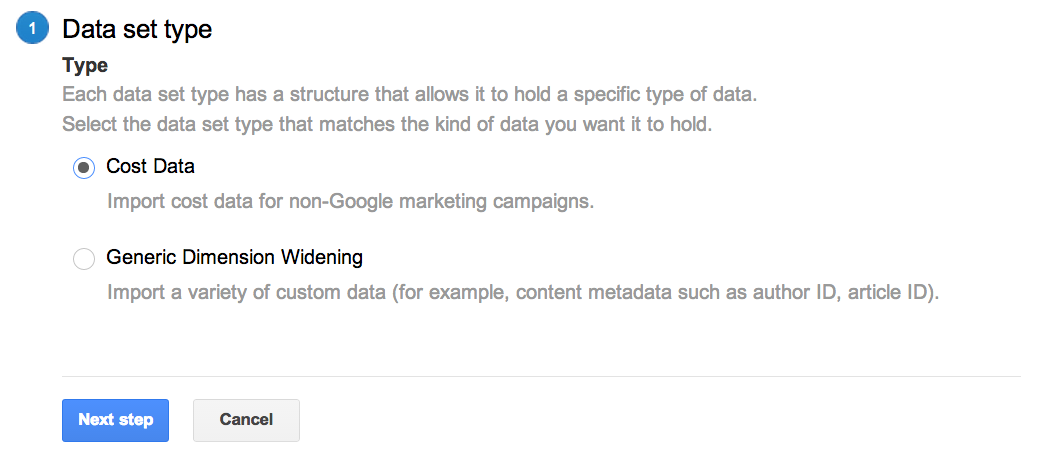
The End Result
Once Google Analytics is tracking these two data points (revenue and cost data) you’ll have access to reports like this one:

This report clearly shows how this company needs to move their marketing dollars away from CNN and invest more heavily on Watch.com. And, this wouldn’t be possible if they weren’t tracking these critical metrics.
Have questions? Post them in the comments section below. Have a great day!

